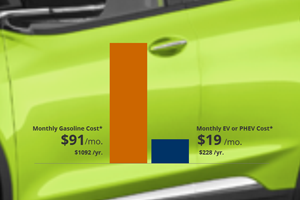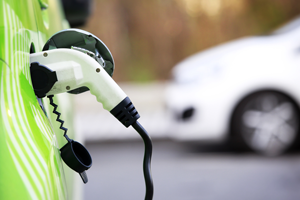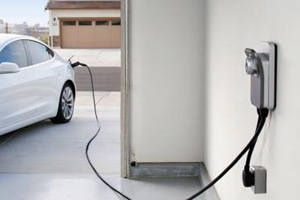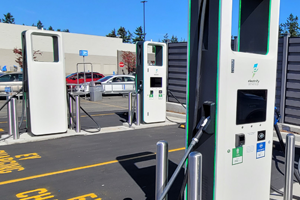Learn about electric vehicles, fuel savings and charging.
View Available Models
Explore available models and find the All-Electric or Plug-in Hybrid Electric Vehicle model that fits your lifestyle.

Estimate Your Savings
See how much you'll save when you switch from a gas or diesel vehicle to an electric vehicle - and find out how long it'll take to charge it!

Learn about our charging program and other incentives.
Review our EV charging programs
Electric vehicle owners can take advantage of the Ameren Illinois ChargeSmart program to save money.

EV incentives & Tax Credits
You may be eligible for various incentives for the purchase of an electric vehicle, charging equipment and rate programs or the EV Partner network program with incentives for customers that install charging in equity investment eligible communities.

Do you have the ability to charge your vehicle at home?
Yes, I can charge at home
If you have a garage or driveway with access to electricity, you can probably charge at home. There are two primary home charging options.
- Level 1 120V charging (standard household outlet)
- Level 2 240V charging (requires installation and/or 240V outlet)

No, I can't charge at home
Public charging is available, charging time varies based on car battery size and charger power.
- Level 2 240V charging: 4 to 8 hours
- Level 3 480V+ charging: 20 to 30 minutes (Not available for PHEVs)

The Environmental Impact of Electric Vehicles.


